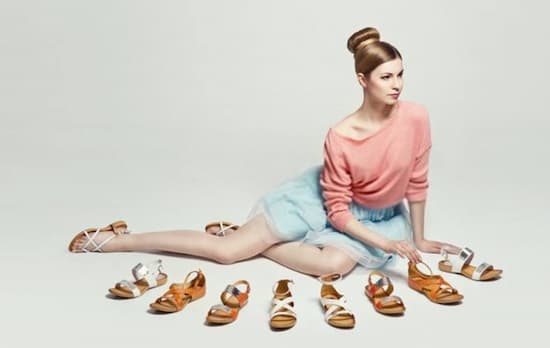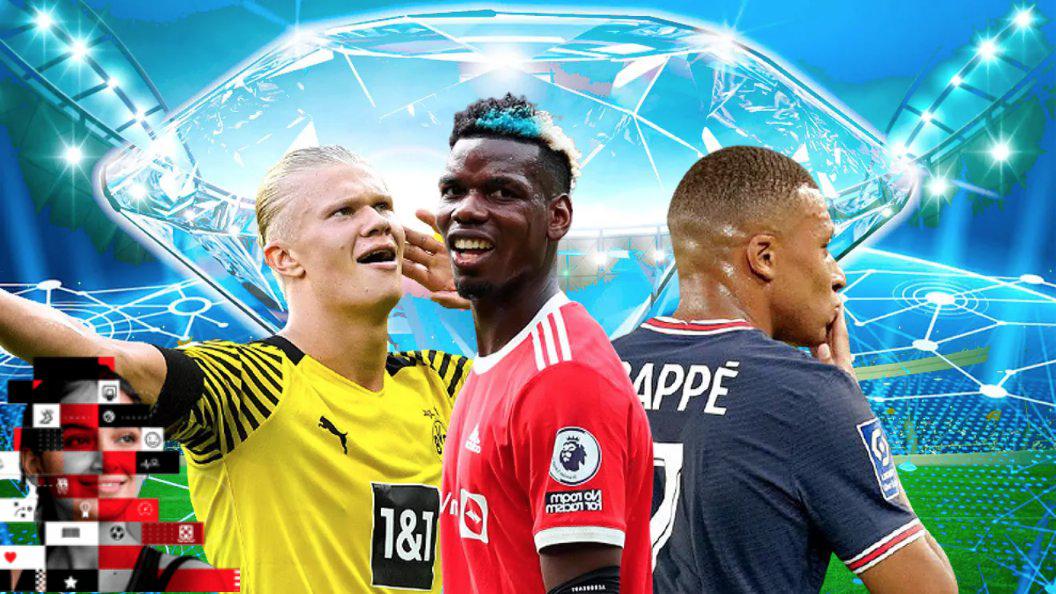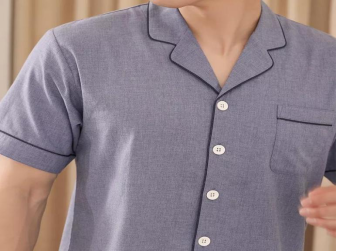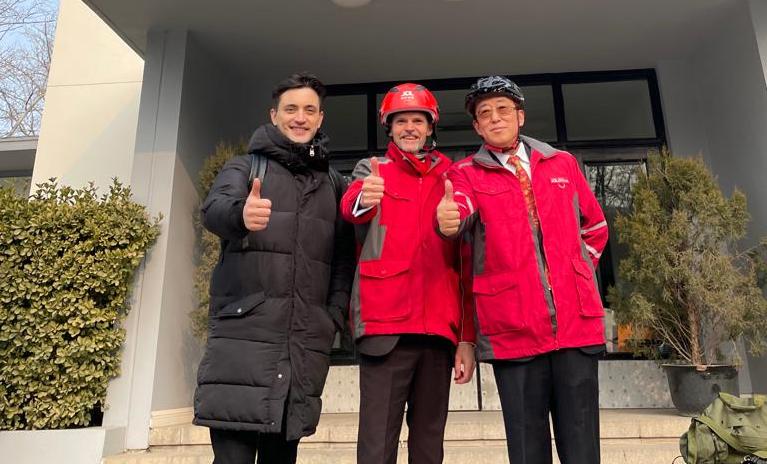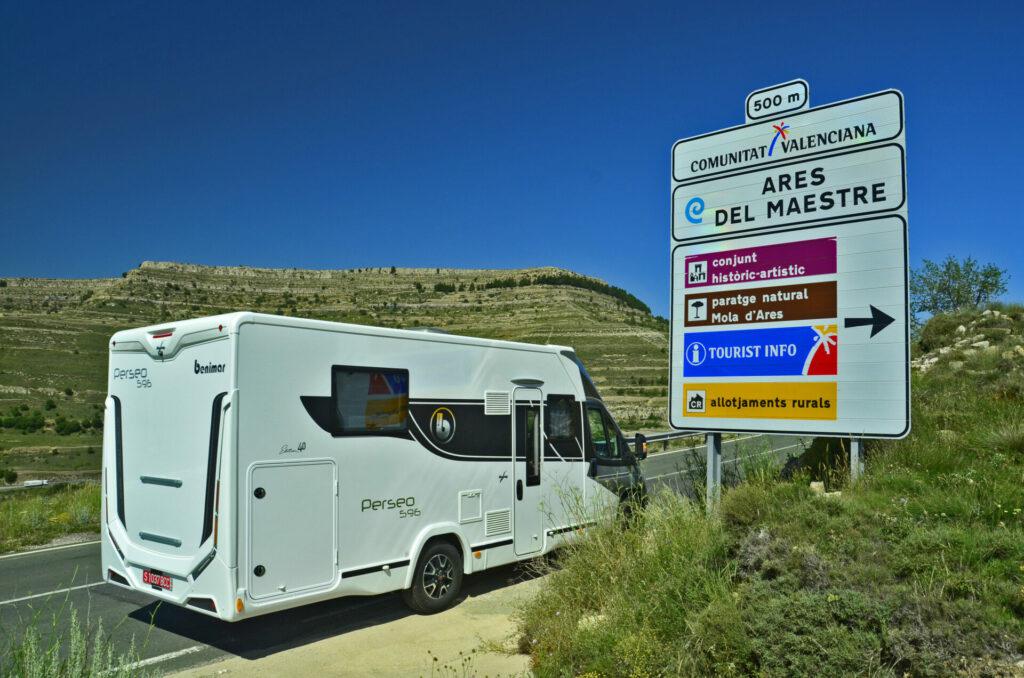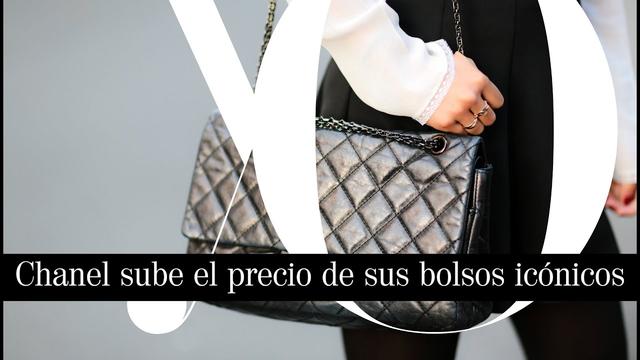Home → luxury bag → Metaverse and NFT: t...
Metaverse and NFT: the golden opportunity for brands to develop their brand and capture new business
The non-fungible token (NFT) market is hot right now, and future forecasts suggest it will only get hotter. The creation of the Metaverse opens the door for luxury brands on NFTs to reach $56 billion by 2030. As NFT production continues to create new forms of fashion consumption, more and more luxury brands are jumping on the bandwagon. to this fast-moving train, investing in their new digital collectibles business. As more and more aspects of people's lives move online, the demand for fashion and digital goods will increase significantly in the coming years.
The metaverse, that is, those virtual spaces in which people can interact with each other and with digital objects through personalized avatars, is an innovative concept that is currently being developed and built. However, he still has a long way to go. Still, in this short space of time, the spaces we now have create opportunities for luxury brands to benefit from digital collectibles and the rise of so-called "social gaming."
The beginning of the Internet, or Web 1.0, allowed people to connect to information. Web 2.0 was the iteration of social networking and essentially made it easier for people to connect with each other. And now Web 3.0 becomes a new virtual reality, better known as the Metaverse. In this new digital world, people will seek more than information and connection with others: they will experience a true immersion in virtual reality.
NFTs and the Metaverse as mega opportunities for premium brands
As an immersive experience, the personal avatars worn by users will wear clothing and use objects as manifestations of individualization and personal expression, much as they would in the physical world, and this opens up a really exciting opportunity for premium brands.
Seasoned strategists have mentioned the global Roblox platform as an example. Within this system of play and creation, one in five players will change their avatar each day, in the same way that a person gets up and dresses each morning. Other platforms, like Fortnite, are already giving an idea of what the Metaverse could be like with shopping malls, establishing a "Retail Row" and later a "Mega Mall".
In May 2021, the Roblox platform held a virtual exhibition of the luxury fashion brand Gucci from May 17 to 31. Roblox players could purchase digital models of actual Gucci products for a small amount of in-game currency. Once the expo ran out of digital assets to sell, players began auctioning off the brand's NFT items at ten times the cost. One of the items, a virtual version of the coveted Dionysus bag, sold at auction for $4,100, or $700 more than the selling price of the real version.
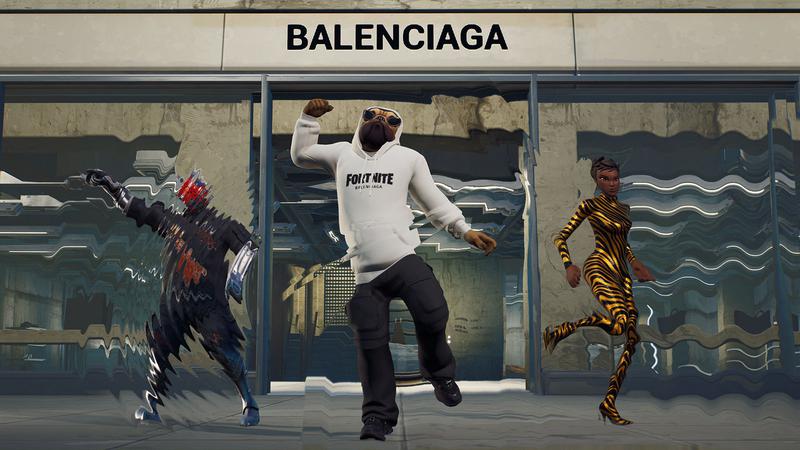
Then, in September 2021, French premium brand Balenciaga launched a digital line of Fortnite fashion apparel, which could be purchased with in-game currency for approximately $8. Crypto gaming experts predict that the social gaming segment of digital asset investments may add around $10 million to $20 million to the luxury goods market.
September 2021 saw another exciting adventure for luxury NFTs, when world-renowned designer Karl Lagerfeld put a total of 777 NFTs up for sale on THE DEMATERIALIZED, a fashion digital marketplace, for €77. dollars) each. With great anticipation from gamers, Lagerfeld's pieces sold out in seconds, sparking curiosity about a new avenue for the luxury goods market. Whether those sales were due to hype for something new and innovative, or whether people were really starting to see the power of digital ownership to create opportunity, the results of that successful launch exceeded expectations.
As our real world continues to have a huge impact on luxury fashion brands, as clothing relies on physical appearance to connect with its customers, the success of Karl Lagerfeld, Gucci and Balenciaga are just examples of what could be. . Brands less used to selling digital products will have a different relationship with NFTs and their industry transition, as many of their qualities depend on physical materials.
Consumers closely following the evolution of NFTs and the transition to digital assets may wonder what all the fuss is about, why everyone is in such a hurry to capitalize on this market, and how can the fashion industry find its place in the market? this digital landscape. The Metaverse aims to solve this problem and we're already looking at innovative ways how all of this could fit together.
future perspective
While luxury brands have shown an initial buzz, strategists believe that, with the full onset of the Metaverse, brands that fit into the "soft luxury" category (which includes ready-to-wear, leather goods or leather goods), footwear, etc.) will have the luckiest and most profitable position in the market. By contrast, the "hard luxury" sector, such as high-end watches and jewelry, could find it much harder to achieve the same level of success as in the physical world.
The metaverse can also help brands expand their audience. The current demographic of Roblox players is predominantly made up of teenagers, while 70% of sales in the fashion sector are contributed by women. But within the Metaverse, luxury brands will have the opportunity to engage with a whole new age group that they don't typically connect with as consumers, increasing the appeal of an even more immersive and embodied Internet.
As the metaverse is based on a decentralized virtual space, many creatives will have many opportunities to succeed within these metaverses, and luxury will certainly find its home. However, the representative of a luxury brand must take into account the possibility of being outdone in his industry and craft with the creation of desirable goods and the arts in general. The rules and economic landscape are not yet fully formed in this exciting new digital frontier, and everyone has a unique opportunity to find success.
conclusion
It may interest youAdvertising on Facebook and Instagram is very expensive: how an AFIP "error" makes it prohibitive for small companies
It is clear that the metaverse is here to stay. Although it is still developing and evolving, there are everyday parts of our lives that are already intertwined with the digital universe. Despite the fear of the unknown that a whole new world like this may bring, the real world has many dangers and uncertainties of its own to overcome, and this new digital realm may open up opportunities that allow many people to breathe a sigh of relief as they realize that the world virtual is not going anywhere and that every day we are more part of it.
relatedvirtual realitytechnologysocial innovationcreativitytechnological development